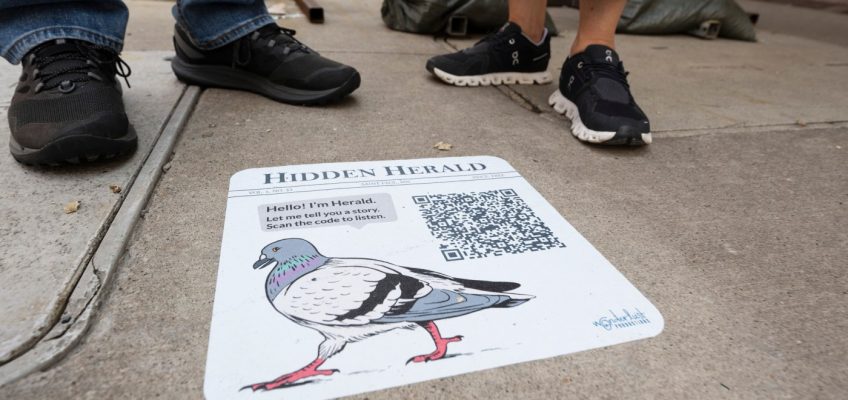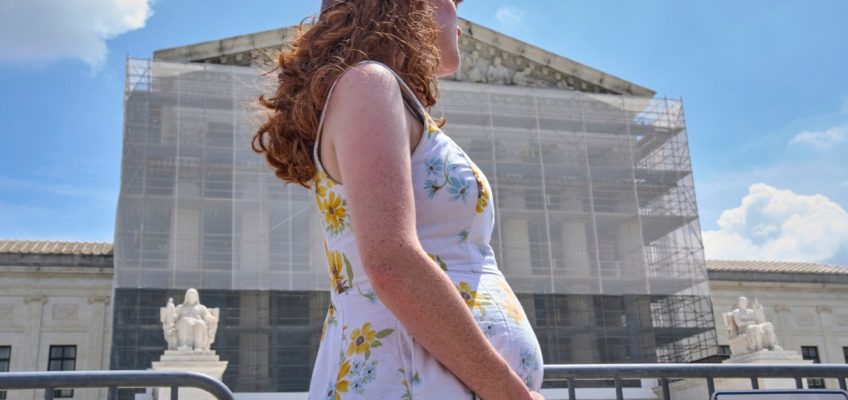By JONEL ALECCIA, Associated Press
A new federal estimate shows a rise in prediabetes among American adolescents, a finding that is spurring concerns about the health of U.S. children — and the way Trump administration health officials are conducting research and communicating information, experts said.
In 2023, nearly 1 in 3 U.S. youngsters ages 12 to 17 had prediabetes, according to recently released data from the U.S. Centers for Disease Control and Prevention. That is far higher than a previous estimate that the condition affects about 1 in 5 kids.
There’s no question that prediabetes in U.S. youth is a serious concern. The condition puts them at risk for developing Type 2 diabetes, plus heart disease, stroke and other metabolic problems.
But scientists who study and treat diabetes noted that CDC officials released only a 600-word online summary of their new findings — not the raw data nor a peer-reviewed published paper describing how they arrived at the new figure. The agency also changed the methodology used to calculate the higher estimate without a detailed explanation.
That underscores questions about the accuracy of information being released by America’s top public health agency following widespread staff cuts in recent months, experts said.
“For any of the national health organizations now being decimated by firings (and) layoffs, I am going to be skeptical of data updates until there is transparency and clarity on the source of the data and analysis,” said Christopher Gardner, an expert in diabetes and nutrition at Stanford University.
Related Articles
RFK Jr. is scaring parents into asking doctors for early shots
UN says if US funding for HIV programs is not replaced, millions more will die by 2029
Layoffs hit UMN Extension food educators as MN grapples with Trump’s budget
Men under 40 are most at risk for testicular cancer. Few know it
The biggest gender-affirming care center for trans kids in the US is closing, prompting protests
The new analysis used “the latest science and technologies” and “the most updated methodology as science is continually evolving,” said Melissa Dibble, a CDC spokesperson.
“These new data highlight the magnitude of prediabetes among adolescents and serve as a critical wake-up call for the nation,” Dibble said in a statement.
The new analysis relied on the long-running National Health and Nutrition Examination Survey, which collects information on demographic and health indicators via interviews, examinations and laboratory testing.
Prediabetes is a precursor to diabetes, a disease in which sugar builds up in the blood. Prediabetes is characterized by slightly elevated blood sugar levels, indicating that a person may progress to developing Type 2 diabetes.
The researchers collected data about blood sugar levels in U.S. youth — but they also changed the methodology used to analyze the information, dramatically increasing the estimate of how common prediabetes is.
The new analysis concludes that about 8.4 million U.S. adolescents — or nearly 33% — have prediabetes. That’s up from an estimate of 18% published in a 2020 peer-reviewed paper, which used the previous methodology. If the new methodology had been applied to that 2005-2016 data, the estimate would have been about 28%.
The increase from 28% to nearly 33% is not statistically significant, even though it reflects an apparent rise in prediabetes among kids, said Steven Kahn, a diabetes researcher at the UW Medicine in Seattle and editor-in-chief of the journal Diabetes Care. He said it’s concerning that CDC officials provided such limited information about the new analysis. Such findings typically have been published in the agency’s Morbidity and Mortality Weekly Report or submitted to a scientific journal for peer review and publication.
“I would like to believe it doesn’t diminish the quality of CDC data,” said Kahn. “However, because there’s no raw data to look at, none of us can look at it to better understand where these numbers are derived from and what they really mean.”
Dr. Samar Hafida, an endocrinologist and representative for the American Diabetes Association, said the new analysis “wasn’t very transparent,” but she noted that the CDC’s updated estimate generally squares with what doctors are seeing — an increase in youth with obesity and elevated blood sugar levels that put them at risk for serious future health problems.
“It could be that maybe the number slightly inflated, but I would hesitate to dismiss it,” she said.
It remains unclear what proportion of kids with prediabetes will go on to develop the disease, noted Dr. Dana Dabelea, a researcher who studies pediatric diabetes at the University of Colorado. Blood sugar levels can rise in response to developmental changes during puberty and then resolve later, she said.
Still, confirmed rates of obesity and diabetes among kids are rising.
The diabetes association recommends that children and adolescents should be screened for Type 2 diabetes starting at age 10 if they are overweight or have obesity or another risk factor for the disease. Focusing on healthy diet, exercise and other lifestyle factors is key, noted Hafida.
“It’s still a call to action,” she said. “There will likely be a surge in early onset Type 2 diabetes that we are not prepared to deal with.”
The Associated Press Health and Science Department receives support from the Howard Hughes Medical Institute’s Department of Science Education and the Robert Wood Johnson Foundation. The AP is solely responsible for all content.




